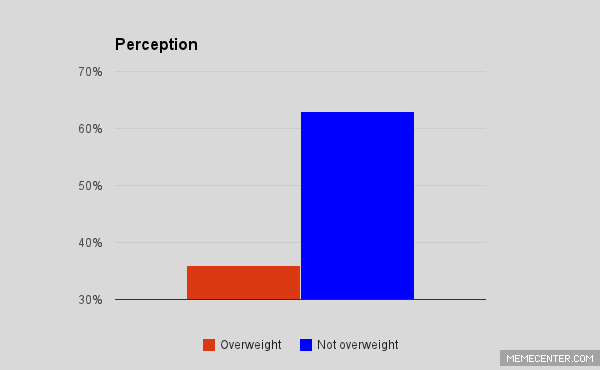Despite Efforts, Food Insecurity Still Prevalent in NYC
The 2011 “Health bucks” season started Last Friday. The program, which subsidizes produce from farmers markets for lower income residents, is one of many initiated by the city to increase access to healthier food by working with community organizations.
BETTER ACCESS: A Woman walking in front of a Green Cart, a fresh fruit and vegetable stand on Third Avenue. Green Carts are one of the city's initiatives to increase access to fresh foods in lower income neighborhoods. Gidon Belmaker/The Epoch Times
|Updated:



